
“I am on the alert, sharpening my claws and fangs,” wrote the famous naturalist Thomas Huxley in a letter dated November 23, 1859, which he sent to Charles Darwin immediately after reading the first edition of The Origin of Species. With expressions of delight, Huxley says he expects attacks on Darwin’s book. A battle is being prepared for the theory of evolution, and the world is beginning to change irreversibly.
However, numerous other changes are on the horizon at that time. Just as the Neanderthals at first could hardly have guessed how the hairless and naked homo sapiens would become almost what it is today, in the middle of the 19th century, few people noticed how one branch of progress was slightly separated from the general flow of the so-called industrial revolution. One that would dominate the world 150 years later.
While Darwin and Huxley corresponded through the very efficient but inherently slow Royal Mail, railways were already spreading across the British countryside. They were followed closely by the first telegraph wires that were already being installed on both continents, in Europe and America. Two years later, in 1861, the first intercontinental telegraph line, which will follow the railroad across the American continent, will start operating.
The era of the telegraph, the dinosaur of communication, begins. Based on the idea of communication with signals, originating from antiquity, which after the Middle Ages would lead to communication with flags in the navy, and in France in the 18th century to sending signals with “semaphores”, the telegraph was the first means of communication by wire.
A series of electrical inventions at the beginning of the 19th century led to the development of the Morse telegraph, which began to be widely used in 1844. Efficient and simple, the telegraph is profitable enough for companies to compete in connecting the world with wires – creating the first global communications infrastructure. A map from 1901 shows the state of the world’s telegraph network 120 years ago.

At the end of the 20th century, the spread of wire communication will be recognized under the name “information revolution”, although, viewed from a historical distance, “evolution” is a somewhat more suitable name. In these external conditions, the letters are also slightly transformed. Messages are written faster. And they reach greater distances.
Over time, the telegraph will give birth, in direct descendants and parallel branches, to a whole series of genera and types of new technologies for transmitting messages – cables, telexes, telephone, radio communication, satellite communication and, finally, forms of communication based on optoelectronics and the Internet.
However, after 180 years since the introduction of the telegraph, it almost completely died out, which is not surprising when it comes to “evolution” – after a period of coexistence, under the pressure of selection, the ancestral species slowly disappear, leaving room for new, more perfect forms.

The telegraph enabled the development of modern media, as we know it today. Via the telegraph, police and newspaper reports arrived from afar and changed the history of modern journalism. Short, compelling news comes from correspondents almost in real time. The press manages to publish same-day or day-later reports on events that just happened on the other side of the world. This technological circumstance dramatically changes the role and even the importance of media, almost as much as Gutenberg’s press changed the role of the book.
Thanks to this, the telegraph introduced standards of communication and ways of conveying news that would persist even after its eventual disappearance at the end of the 20th century. Based on such a tradition, today numerous world magazines that announce the latest news via tweets or in “live blogs” have the word “telegraph” in their name. Traces of evolution, something like rudimentary organs in the human body.

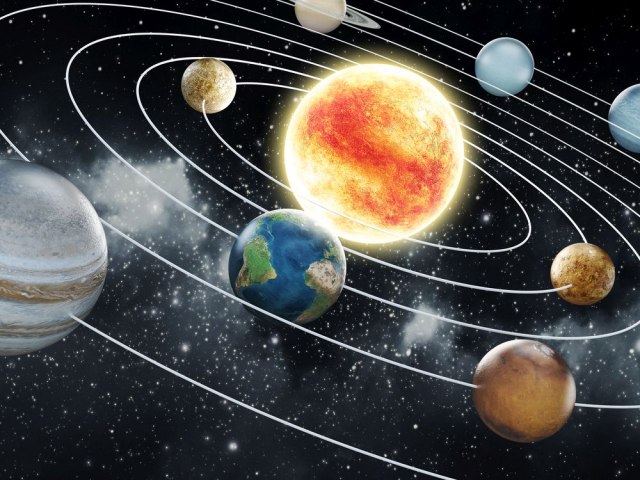








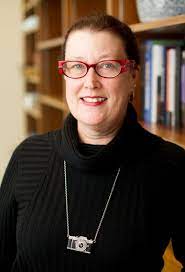





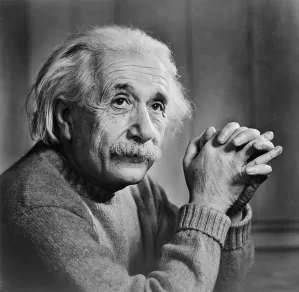
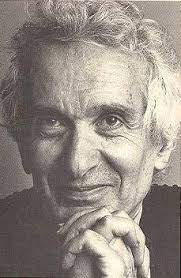












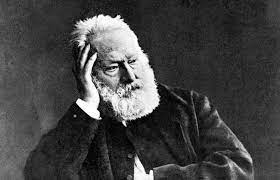

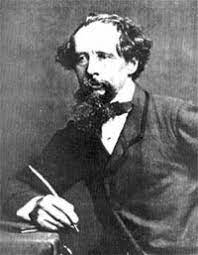



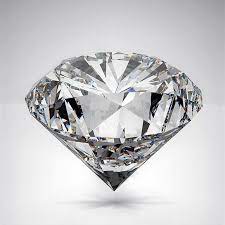














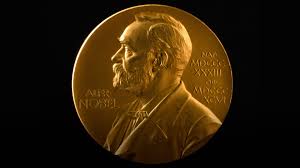












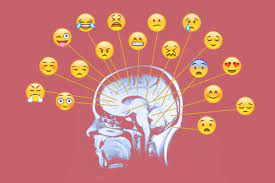















Leave a comment